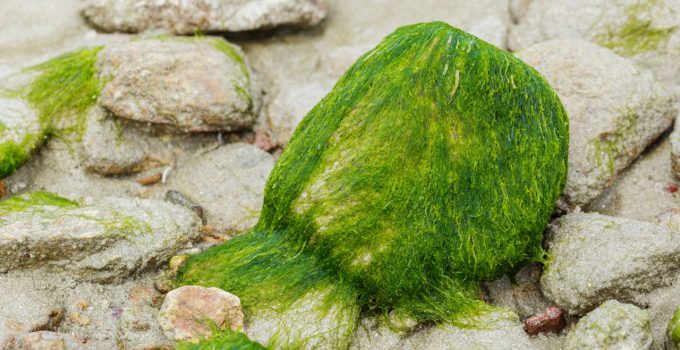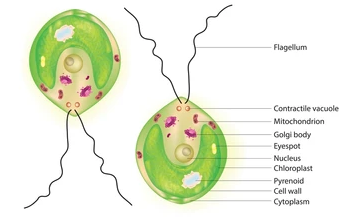Which of the following is NOT a part of the central nervous system? a) Brain b) Spinal cord c) Peripheral nerves d) Retina Which of the following is NOT …
MARSILEA (Water fern) Division : Pteridophyta Class : Pteropsida Order : Polypodiales Family : Polypodiaceae Genus : Polypodium DISTRIBUTION: Marsilea is world-wide in distribution. Most …
Division : Chlorophyta Class : Chlorophyceae Order : Conjugates Sub-order : Zygnemoideae Family : Zygnemaceae Genus : Spirogyra OCCURRENCE Spirogyra (Gr. Speira, a coil, Gr. Gyros, twisted) is …
Kingdom : Plantae Division : Chlorophyta Class : Chlorophyceae Order : Volvocales Family : Chlamydomonadaceae Genus : Chlamydomonas (Gr. Chlamys, mantle; monas, single organism) …
IMPORTANCE OF ALGAE Beneficial Aspects Algae have following beneficial effects: Source of food and fodder: i) Some algae contain high amounts of minerals, proteins and oils so …
REPRODUCTION Algae reproduce vegetatively, asexually and sexually VEGETATIVE REPRODUCTION A part is detached from the plant body and develop into new plant. Vegetative reproduction may takes place by …
VEGETATIVE STRUCTURE/ THALLUS ORAGANIZATION Thalli of algae show a range of organization starting from unicellular form to highly organized multicellular habit. The algal thalli are grouped into the following, …
Algae are mostly aquatic organisms. They are present in both fresh and marine water. Algae may also be: I. Epiphytes: These algae grow on the surface of other plants. …
Watch the lecture for MCQS and Basic concepts Q.1 Which of the following is made up of bones and cartilage? 2008 A) Endoskeleton B) Exoskeleton C) Hydrostatic Skeleton …


